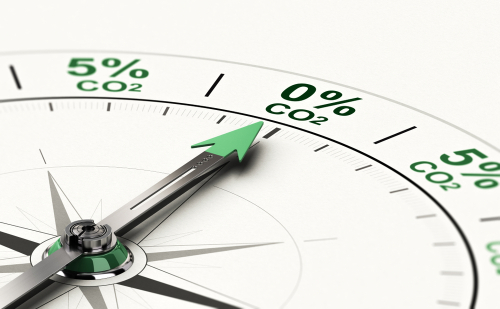ACEEE white paper claims Congressional action could add 1.3 million jobs while eliminating 910 million tons of CO2

Based on 17 different models proposing energy efficiency programs and tax incentives, the American Council for an Energy-Efficient Economy (ACEEE) recently released a white paper laying out tacks Congress could take to simultaneously create jobs, reduce energy costs and decrease greenhouse gas emissions.
Such investments could, all told, achieve as many as 660,000 new jobs through 2023 and 1.3 million over the lifetime of investments and savings. Along the way, ACEEE data shows they could reduce CO2 emissions by 910 million tons and carve out $120 billion in energy bill savings for customers.
Primarily, ACEEE envisions this happening through three means: weatherization efforts, investing in low-carbon, efficient transportation, and support for domestic manufacturers hard hit by the year’s mix of shutdowns, demand shifts, and crumbling supply chains. Such measures are increasingly necessary, ACEEE argues, in the face of climate change, one of the nation’s worst economic crises and a staggering unemployment rate that has significantly impacted low-income communities and communities of color.
And all of those points are interconnected. As a result, so too should correction measures.
The report called for boosting weatherization funding by $5 billion over five years, adding rebates for efficiency upgrades, and supporting online training for contractors. It also called on Congress to invest in distressed public transportation agencies and travel alternatives, like bicycling and pedestrian infrastructure, while encouraging state projects with the greatest possibility to reduce carbon emissions.
“We can also gear up now to more quickly expand use of electric vehicles, which are generally cleaner and less expensive to operate,” the ACEEE wrote. “In addition to extending credits to help more Americans buy electric cars and light trucks and help companies install public charging stations, lawmakers should add a credit to encourage companies to buy new electric freight vehicles. The impacts would balloon in later years as the market grows.”
For domestic manufacturers, it asked for a $500 million investment to send experts to the 1,500 largest manufacturers and identify ways to upgrade efficiency and reduce costs, while cutting emissions. If Congress doubled that investment, some $5 billion in loans could be tapped to help smaller plants invest, too, with the combined result of $13 billion in estimated energy savings for the industry, as well as $28 billion in other benefits.
“We can help families and companies save more than $100 billion over the coming decades, especially in low-income communities,” ACEEE wrote. “And we can reduce greenhouse gas emissions over time by more than 900 million tons (as much as 200 million cars and light trucks emit in a year) while developing building retrofit, electric vehicle, and industrial decarbonization infrastructure that is crucial for addressing climate change while spurring long-term economic growth.”
Other proposals could help small businesses, commercial buildings, new homes, domestic supply chains, and state and local governments.
